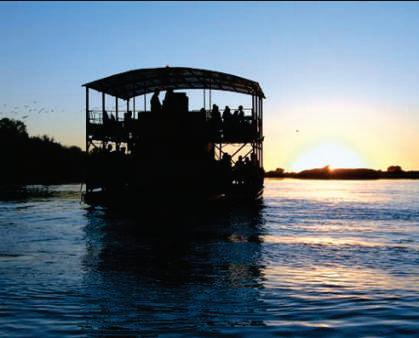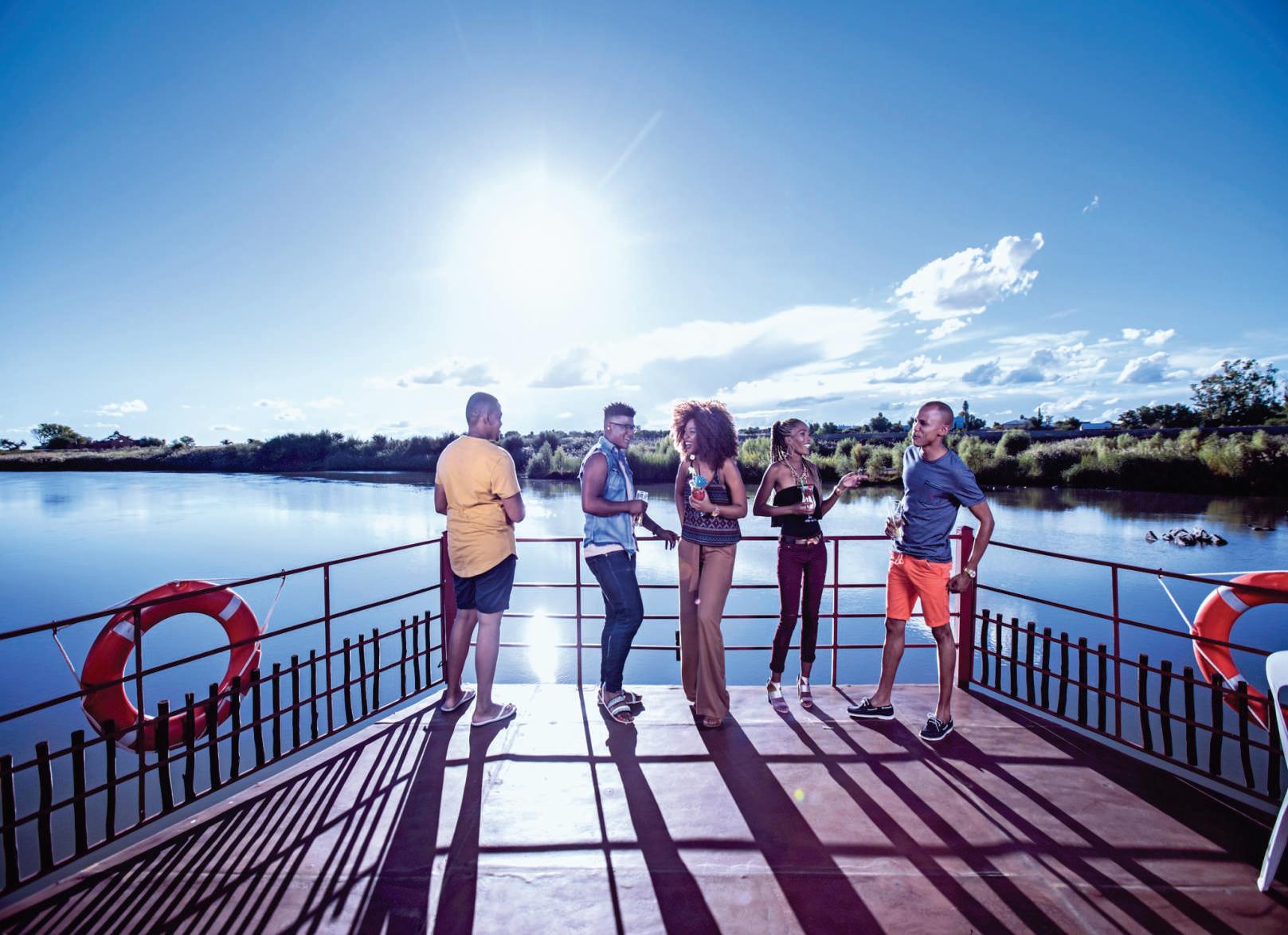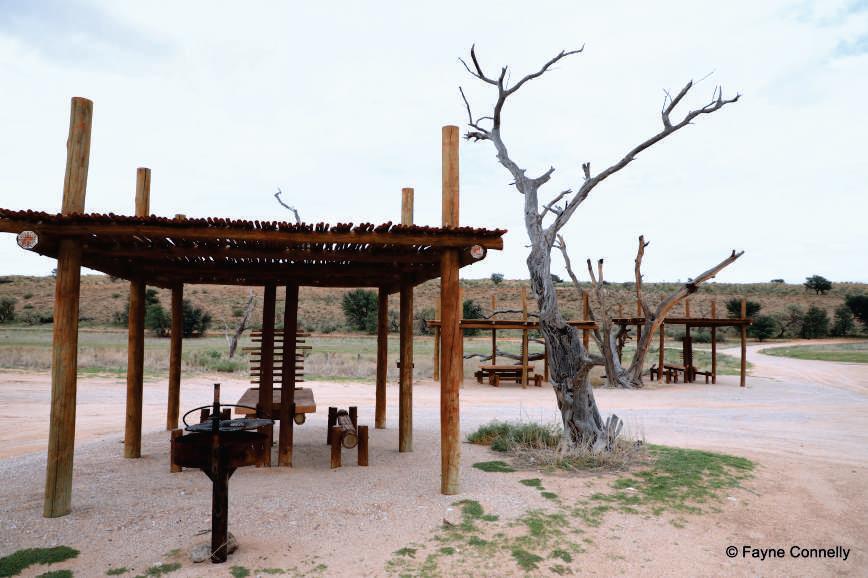
4 minute read
Follow the Sun and Not the Crowds Beautiful Stories of the Kgalagadi
from Hadeda News 17 Maart
by Dottry Media
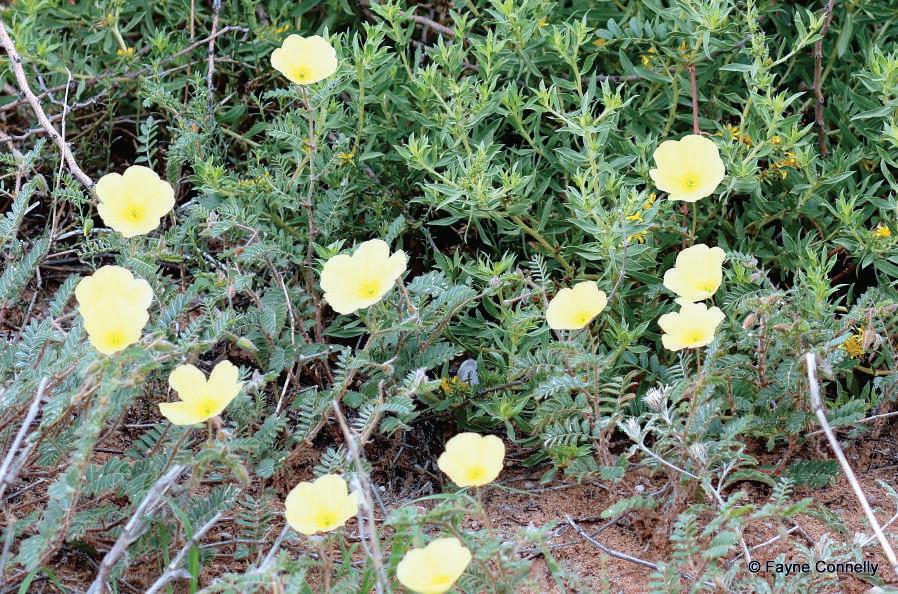
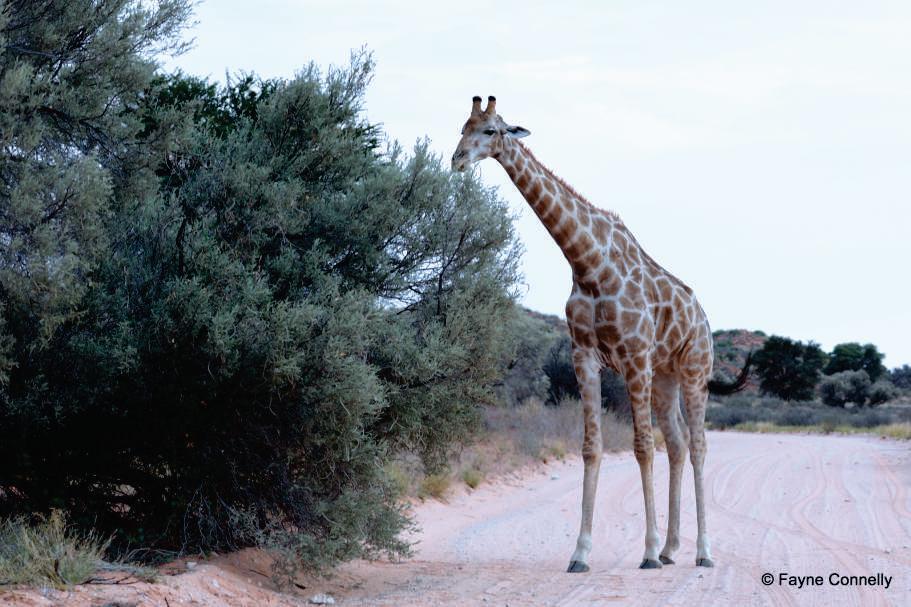
Advertisement
Taking a slow drive to KamquaJanuary 2023
My room was like an ice box on my return to camp until I realized the air conditioner was on 16 degrees and not 18. I always make sure before turning in at night that everything's organized for the morning and that apart from making coffee my camera gear and padkos for the road is all sorted and just needs to be put into the vehicle. I rarely use the extension cord to connect my fridge to the mains as my dual battery has plenty of power in it to last me through the night. It was pitch dark at 5.15am as I loaded my things I was seriously glad for my head torch, as it frees up ones hands and after encountering a rather large puffy outside my chalet door at Nossob on a previous trip I am extremely cautious stepping out in the dark and always check thoroughly. That morning luckily my friends next door alerted me to its presence. First down at the gate to collect my permit. My lights continue to flicker, and I drive where possible without them on and in no time my eyes had adjusted, and it was so nice driving without lights.
Decide to drive up to Kamqua Picnic spot, just 60 km away and ever hopeful of finding Meira my favourite leopard up around Batulama.There is no general game.Acouple tortoises, then an immature PCG (Pale Chanting Goshawk) on the ground feeding on ants or termites.Alone wildebeest, then a lone gemsbok in the riverbed and then as I drew closer to Kamqua picnic spot giraffe become plentiful.The calcrete ridges are covered with yellow flowering devil's thorn, dubbeltjies (Tribulus zeyheri). The flowers are pale yellow and apparently eaten by game but may be poisonous when wilted. It's a beautiful sight as they take hold in every little crevice along the calcrete slopes.There's only giraffe spoor in the road. Every so often my attention is drawn to a flash of delicate pink... the vleililies, gifbol (Nerine laticoma) that are flowering.These are geophytes and have underground storage organs and survive well in arid conditions, preferring clay depressions in calcerous plains and seen in midsummer after good rain.The very little rain that has fallen has been enough to see them flower
I am over the moon to see them because often all that remains is the tumbleweed head.The spherical inflorescence is a mass of pale to rose pink flowers with a pale vertical greenish line on each flower and these lilies appear any time between early January and late March and are short lived.The plant causes itching when handled. Called ' seeroogblom' inAfrikaans, and I think this is precisely what it does... makes your eyes sore and itchy
While sitting at Kamqua picnic spot, now alone as the other two vehicles had moved off, I think back on a time when I used to bring my boys to the Kgalagadi and how they just loved cooking up a breakfast storm of note here, and how today I can think of nothing I want to do less, but it was fun to do back then. I also recall the beautiful shady trees. I plan on heading back and taking the Lower Dune Road.The morning is alot cooler with a cold breeze and stays around 23 degrees for ages. I wear a jacket it's so chilly. Ummed and aahed about taking the top dune road as it was still early but decided a touch too far. Decided that perhaps after crossing the lower dune road I could shoot up to where the lanner concentration and termite eruption was the day before and see what if anything was happening.The condition of the lower dune road is fantastic, and I hardly feel a corrugation. The men maintaining the roads work non-stop and really do an amazing job. It's quiet around the termite eruption spot from the day before so decide to take a slow drive back to camp. I spot an agama lizard on a rock outcrop close by the roadside. Here I sit photographing it, intrigued by its antics... ever alert. Its head is large and distinct from the body The eyes are relatively small, but the ear openings are large and easily visible. It appears to have spiny scales and I check my Guide to Reptiles of SouthernAfrica book (which by the way is a great book to have with you) byAlexander & Marais to find out more and try ID this agama. Has spiny scales with a row of raised scales or spines running along the vertebral line. I call it a spiny agama but is probably a rock agama.The digits have strong, recurved claws and the markings are particularly striking on this one. An insect flies close by and immediately it began bobbing its head and body up and down in the hopes of catching it. Vehicles stop to check what it is that I'm drawn to and hear from one couple that north of Nossob they saw many of the blue headed agamas in the driedoring roadside bushes, which I think has the lovelyAfrikaans name 'koggelmander'.
Back atTwee Rivieren and while relaxing on my verandah I have a few visitors... 2 yellow mongooses, a ground squirrel, 2 laughing doves and a cheeky white-browed sparrow weaver all in search of something to eat. I move my vehicle frequently to get the shade.The long days allow for one to do a few different things. Returning to camp around midday, making something to eat, resting up, downloading photos, recharging batteries and then going out for a couple hours later in the day works particularly well in summer when the gate closing time is 7pm. While quietish out there I reflect a touch on what the day brought...somehow in the Kgalagadi I always return with something to be thrilled about... and wow my morning's drive and seeing the pink vleililies flowering was particularly special... and then the calcrete ridges up around Kamqua picnic spot covered with the yellow flowers of the dubbeltjie, devil's thorn plants...what a sight those splashes of yellow were...Kgalagadi Sightings- Fayne Connelly ·
Unwind from the heat of the day and go for Sakkie se Arkie sundowner on the mighty Orange River in Upington
